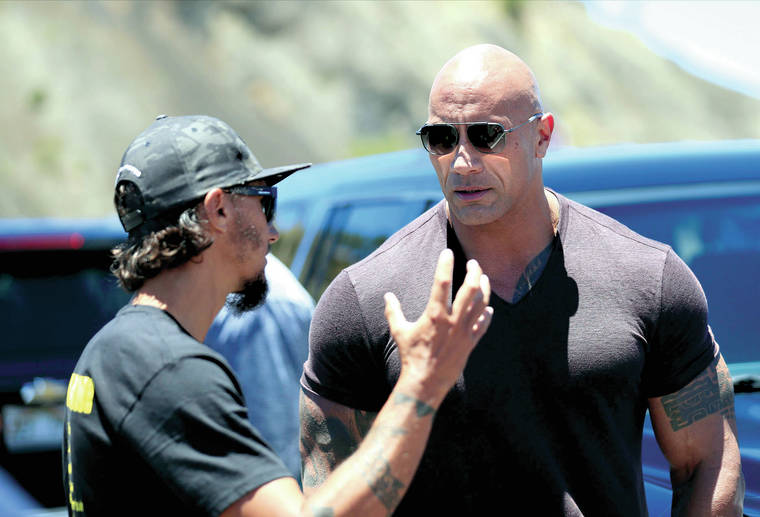With lines drawn, Kim to begin process of seeking common ground over Maunakea



Mayor Harry Kim said Wednesday that he hopes to meet with Hawaiian community leaders, including those leading the protests at Maunakea, before the end of the week.
Kim, who was asked by Gov. David Ige on Tuesday to coordinate between the state and the protesters in an effort to reach common ground, said he knows no solution to the Thirty Meter Telescope controversy can please everyone, but added that nobody, regardless of their stance on the issue, wants the situation to become more polarized than it already is.
ADVERTISING
“Right now, lines have been drawn, and I hate that lines have been drawn,” Kim said. “Right now, we have to step over those lines so we can come together.”
Kim said Ige did not give him a deadline for when a compromise needs to be reached. However, he said he set his own deadline: as soon as possible.
“When Ige told me what he would ask of me, I’m the one who said: ‘What? Now?’” Kim said. “I wish he asked me sooner.”
Kim said he will meet with law enforcement leaders later today to discuss the matter with them.
The protesters, who refer to themselves as “protectors,” have been very clear that they will not move so long as the state intends to build TMT on Maunakea.
“If (TMT) leaves us, there will be a sadness,” Kim said, but he added that if TMT cannot be built on the Big Island, then that will reflect how badly the state has wronged the Hawaiian people.
“We have made the Hawaiians feel like strangers in their own land,” Kim said. “A lot of people are up there now because it makes them feel proud to be Hawaiian.”
Kim said he’s always wanted Hawaii Island to not be as dependent on the tourism industry as Oahu, Kauai and Maui — an island “where you can’t afford to live,” he said.
“I thought science would be a way to help us not be so reliant on the resort industry,” the mayor said.
Should the telescope not be built on the Big Island, Kim said the island will lose a tool that will help protect the island’s lifestyle. However, he said that he does not want the Hawaiian community to continue to feel disenfranchised.
“We all need to come together to make this a nice place to live,” Kim said.
Meanwhile, the state Department of Transportation reaffirmed Wednesday that it will continue to support the legal right of the TMT project to proceed on Maunakea. It will continue to work with law enforcement to “address illegal actions by protesters on neighboring islands.”
The DOT also will suspend all lane closures on Hawaii Belt Road to facilitate travel between the east and west sides of the island.
While activists at the site have still not permitted all observatory staff to resume access to Maunakea, two technical staff members were permitted to Gemini Observatory at approximately 10:45 p.m. Tuesday to do maintenance work on a compressed helium cooling system that threatened to damage highly delicate instruments if not maintained.
Protesters had previously denied access to Gemini staff on Tuesday, but later told observatory staff that they would be allowed access for a limited window Tuesday night. The crew successfully completed their work at Gemini and returned to Hilo after 3 a.m. Wednesday.
The protest continued Wednesday at the Maunakea Access Road, but international attention to the movement attracted movie superstar Dwayne “The Rock” Johnson to the site.
Johnson, who grew up on Oahu and is half Samoan, surprised protesters when he arrived unannounced shortly before noon and met with kupuna and protest leaders.
“It’s beautiful, it’s inspiring,” Johnson said. “We always say there’s aloha spirit, there’s a mana on the islands … but when you come here to Maunakea, you realize that it’s bigger than a telescope. It’s humanity. It’s a culture. It is a people, our people, our Polynesian people, who are willing to die here to protect our land.”
Email Michael Brestovansky at mbrestovansky@hawaiitribune-herald.com.




